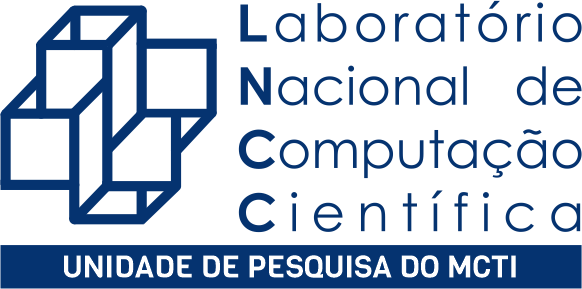EVENTO
Understanding the Geometry of Image Databases Represented as Riemannian Manifolds Embedded into Image Spaces
Tipo de evento: Seminário de Avaliação - Série A
Geometric concepts have been applied for understanding and designing deep learning models [1, 9, 10]. In particular, foundations in Riemannian manifolds are important for deep neural networks that can be trained to produce new data given a set of samples of an inherently geometric space named data manifold [1]. In this work, we focus on Riemannian manifold learning whose main assumption is that the training data is a sampling of a Riemannian manifold. Consequently, the geometry reconstruction can be performed through operations and components steered by the assumed geometric properties of the data. Specifically, the data manifold is parameterized by a differentiable single map that is computed through a generative adversarial network (GAN). Consequently, we attempted to apply automatic differentiation and differential geometry elements to study geometric properties of the manifold and their relationships with data features. However, such approach did not work due to observed instabilities of the automatic differentiation when applied over the global parametrization of the manifold. Consequently, it was not possible to construct the metric tensor in that way, a fundamental step in our method. Hence, we design an alternative, based on metric learning [11, 12, 13]. Specifically, we plan to use synthetic datasets created by a GAN trained on the MNIST database. So, our methodology primarily consists of clustering and dimensionality reduction techniques. Then, within a reduced-dimensional latent space, we investigate the local tangent spaces for each discovered cluster using principal component analysis. Then, we calculate local metric tensors and combine then into a global metric using weighted sum of Radial Basis Functions (RBF). For this step, geodesic distances are computed using k-Nearest Neighbor graphs, which serves as a reference for a Bayesian optimization technique to compute the hyperparameter of the global metric. With the global metric, we can compute the Christoffel symbols and set the Riemannian geodesic equation and compute solutions for the associated initial value problems using numerical methods allowing to perform morphing of an original image along a geodesic in the data manifold. With the Christoffel symbols we can also calculate the curvature tensor components [3]. So intrinsic and extrinsic properties of the manifold geometry can be studied [5]. In further steps of this research, we will focus on face image databases to study the correlation between this input data and its manifold geometry.Para assistir acesse:meet.google.com/bgj-bzuu-yya
Data Início: 05/06/2025 Hora: 09:00 Data Fim: 05/06/2025 Hora: 12:00
Local: LNCC - Laboratório Nacional de Computação Ciêntifica - Webinar
Aluno: Paulo Alves Braz - - LNCC
Orientador: Gastão Florêncio Miranda Junior - UFSE - Gilson Antônio Giraldi - Laboratório Nacional de Computação Científica - LNCC
Participante Banca Examinadora: Carlos Eduardo Thomaz - Centro Universitario da FEI - FEI Gilson Antônio Giraldi - Laboratório Nacional de Computação Científica - LNCC Renato Portugal - Laboratório Nacional de Computação Científica - LNCC
Suplente Banca Examinadora: Fabio André Machado Porto - Laboratório Nacional de Computação Científica - LNCC


